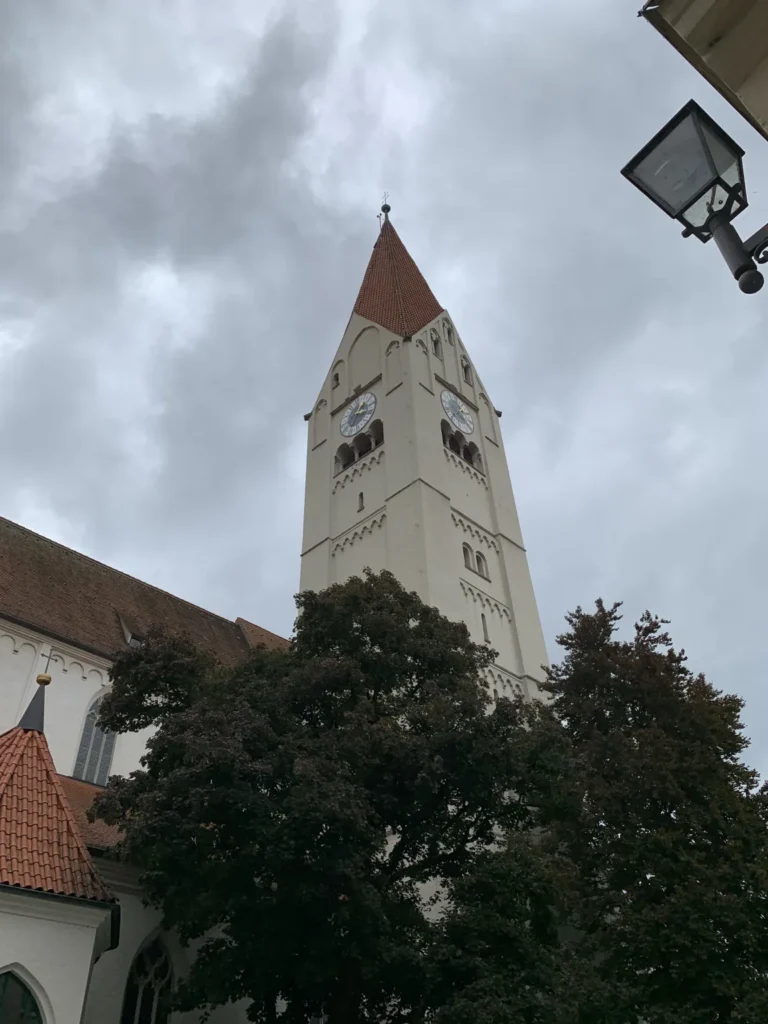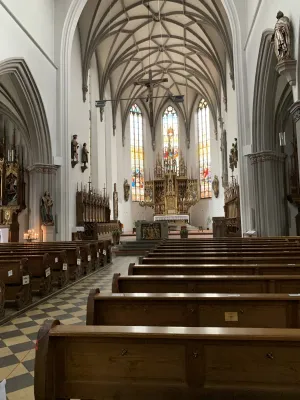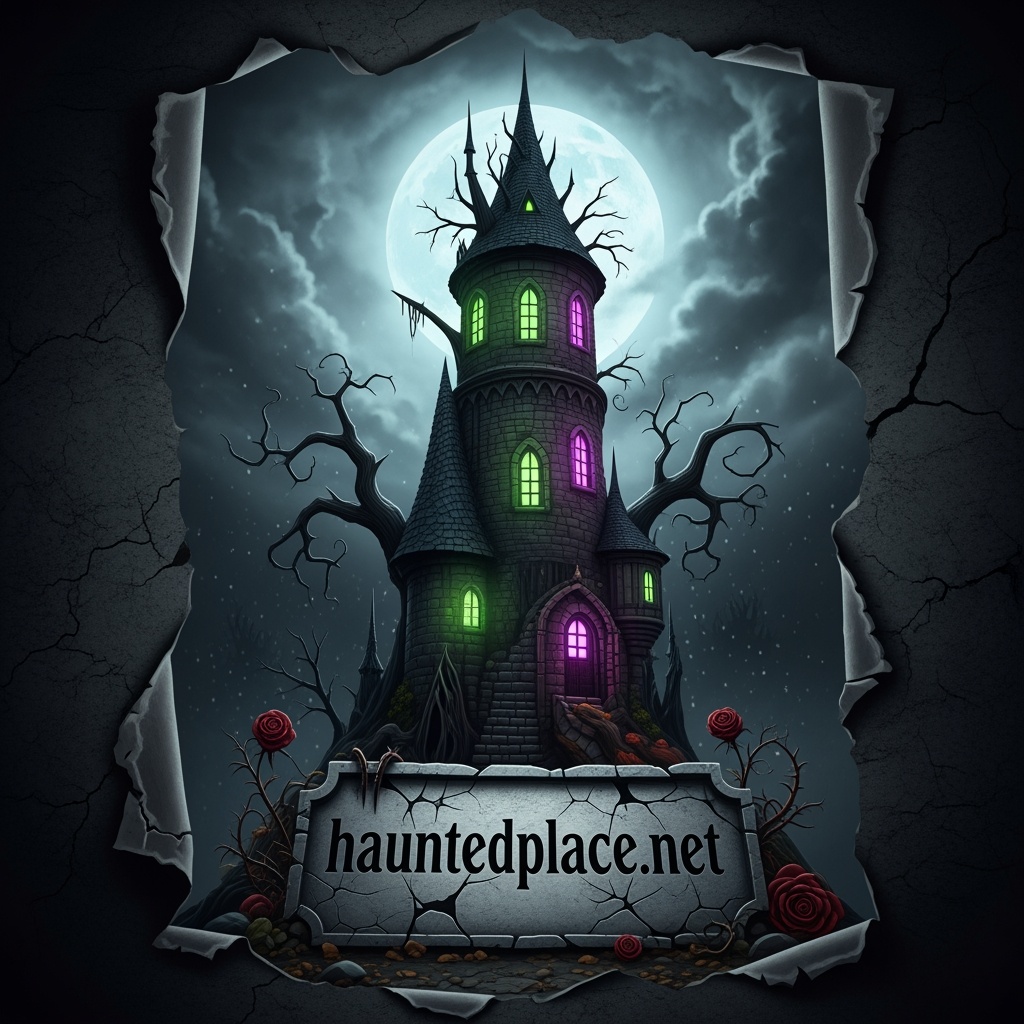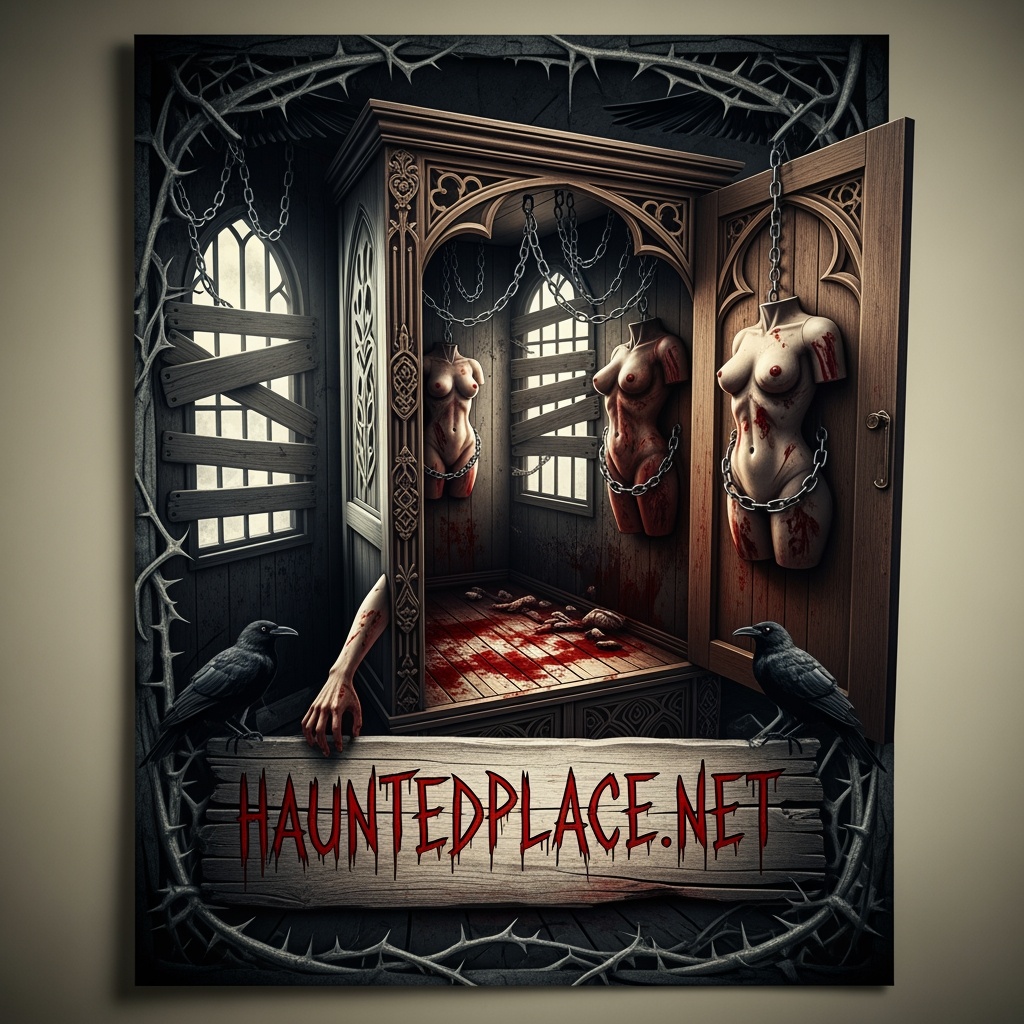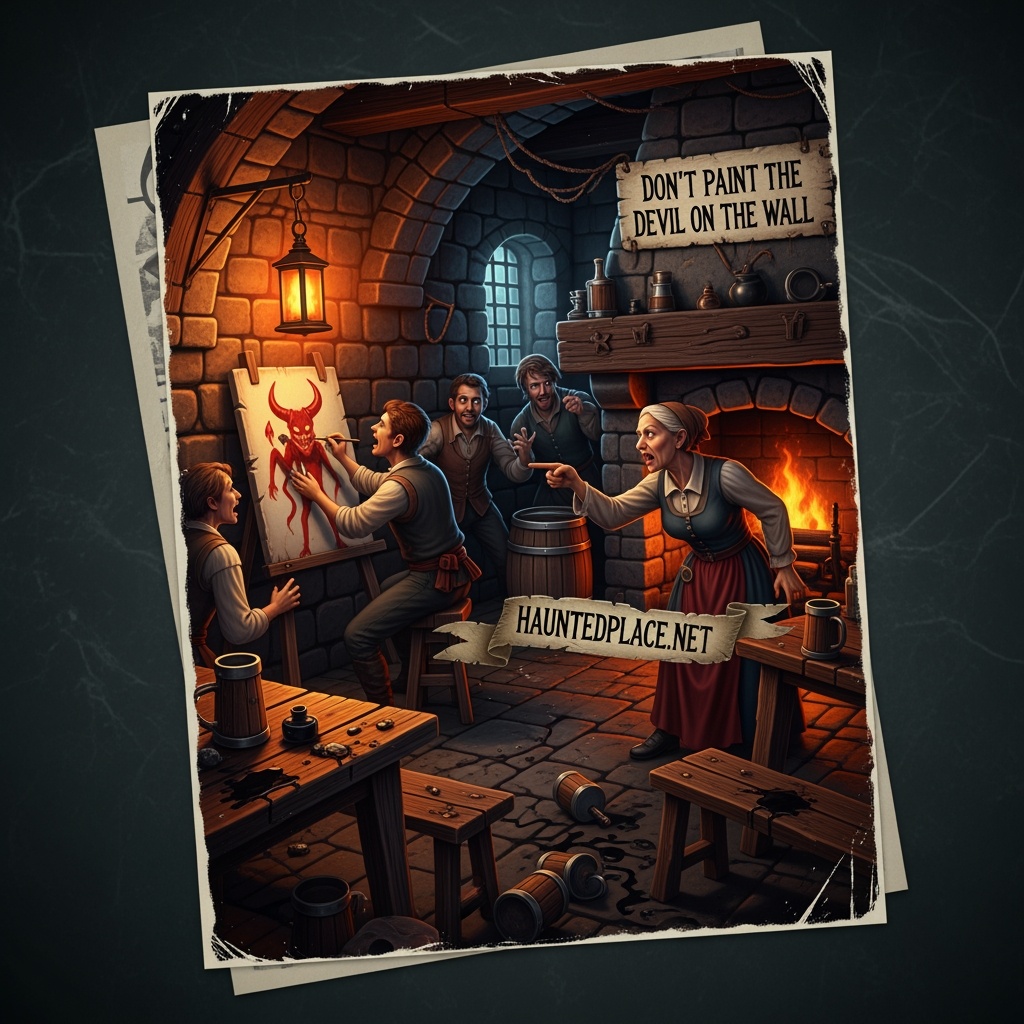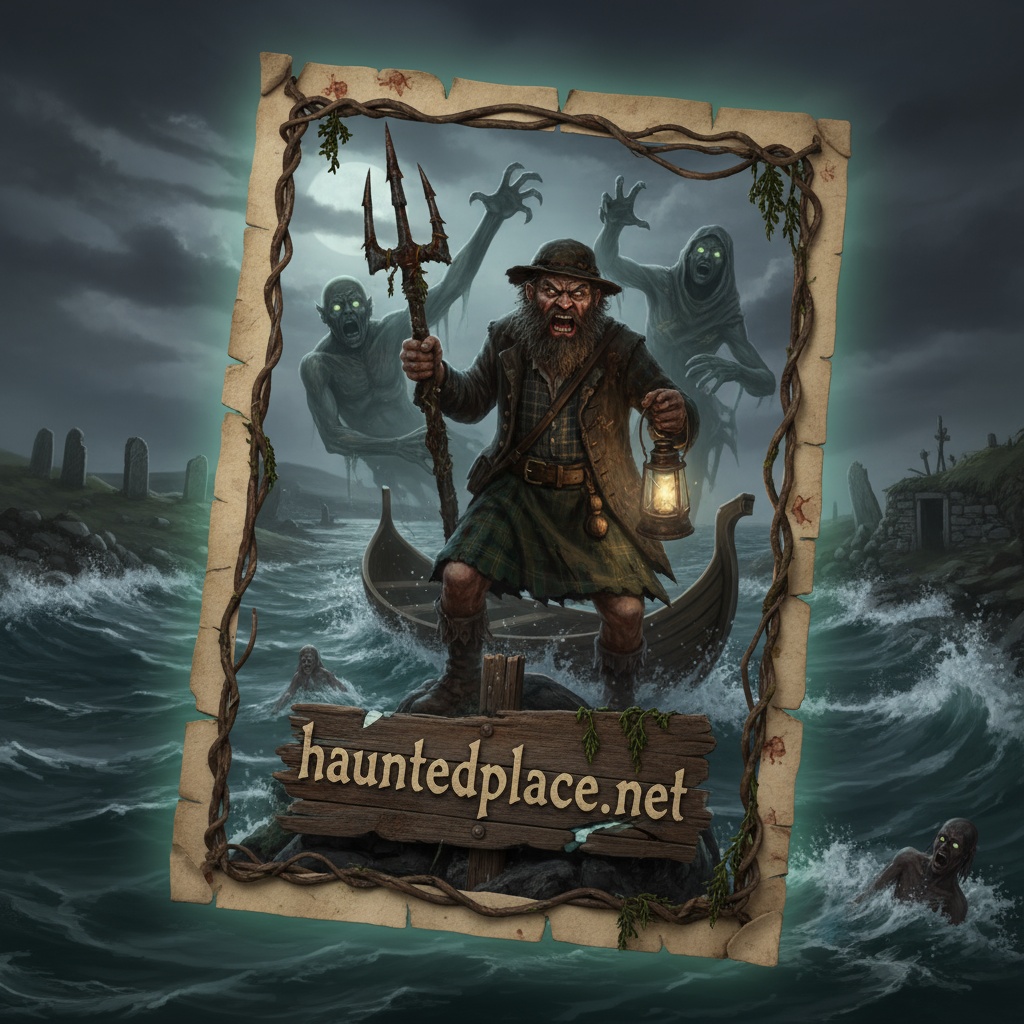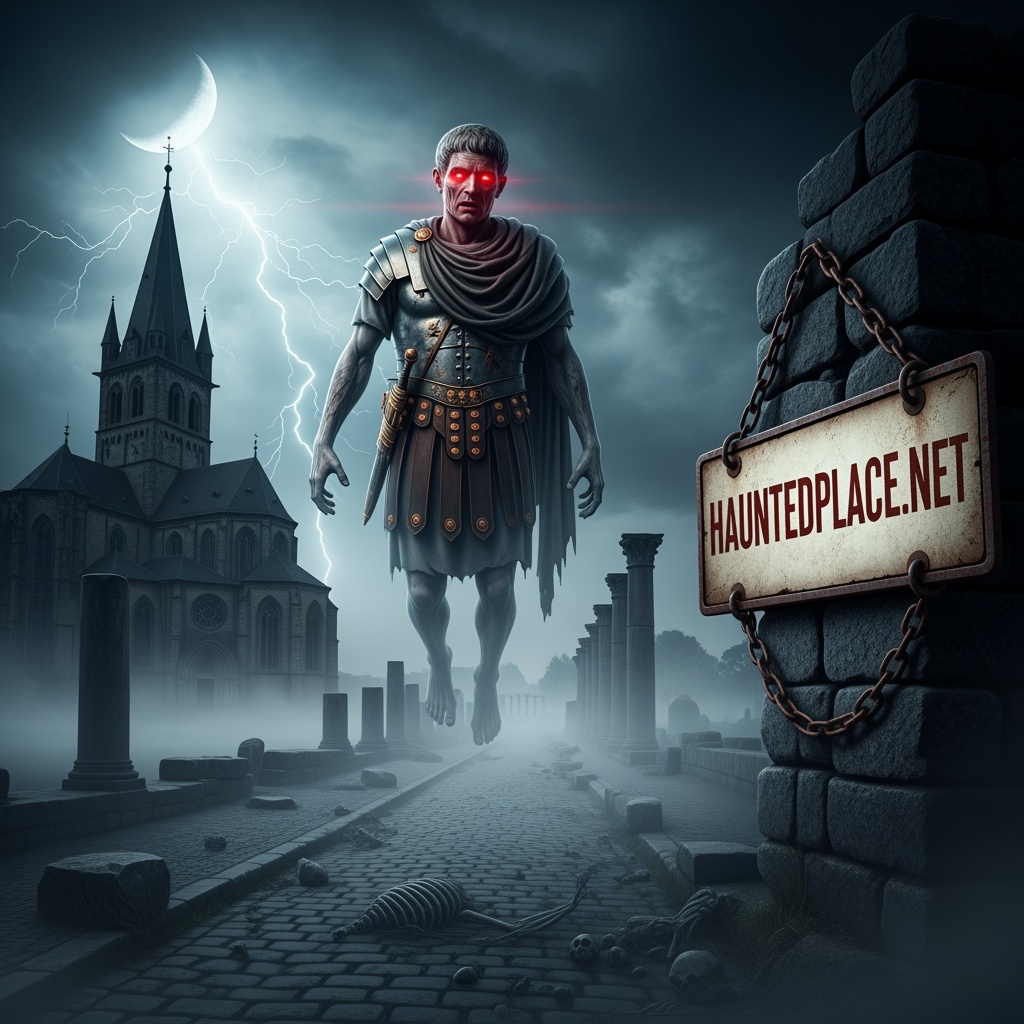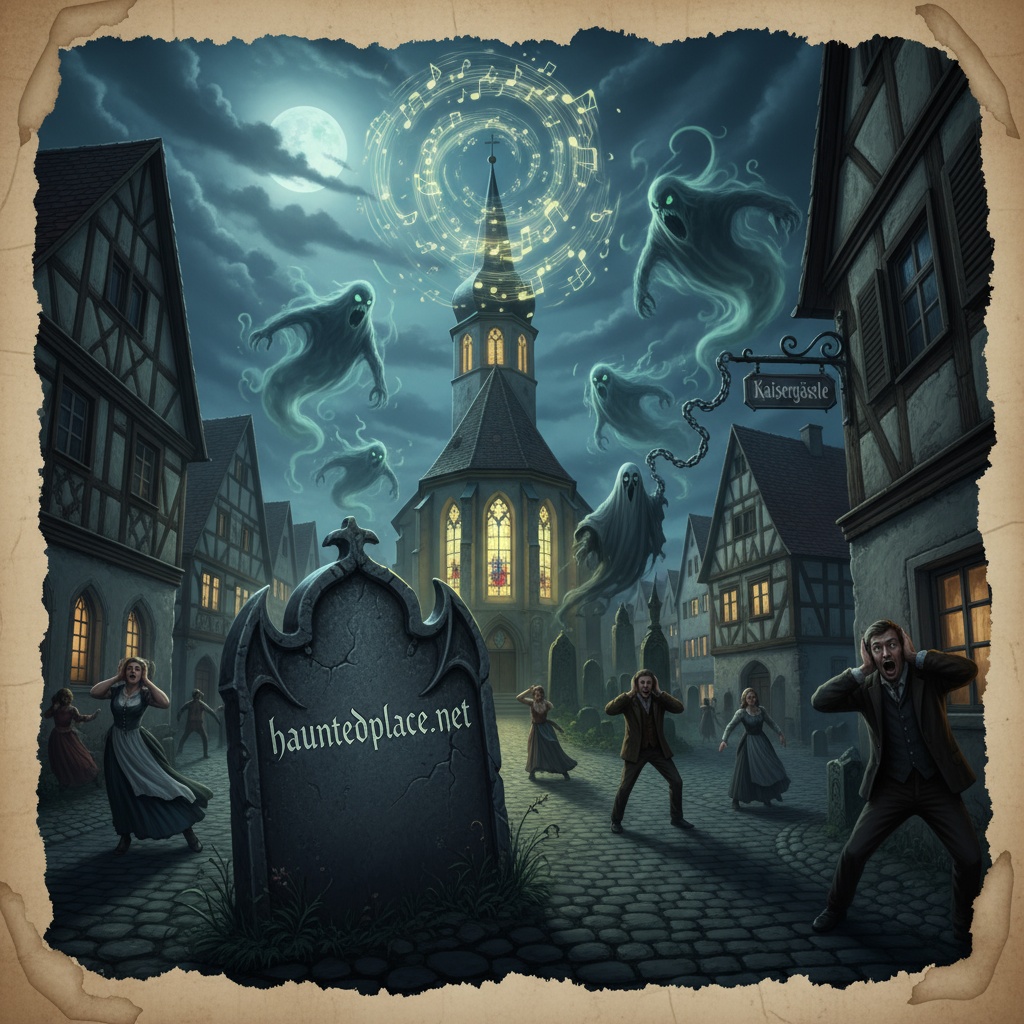
Ghostly beings are said to haunt Kaufbeuren’s historic old town. In addition to the chain-rattling ghost in Kaisergässle, a ghost in the former cemetery of St. Martin’s Church is said to have terrorized the townspeople for many years. At night, this ghost is said to have shuffled around in slippers, which led to its nickname Schlorgger, around the brightly lit church from which beguiling singing could be heard. The Schlorgger was feared by many, and so the square was avoided at night. It was only when the cemetery became too small and was moved outside the city that the haunting suddenly stopped. But to this day, the legend of the Schlorgger continues to fascinate people. I visited this church square in the heart of the former imperial city of Kaufbeuren, where St. Martin’s Church stands. St. Martin’s Church was built as a Romanesque basilica on the remains of the castle of the Nobles of Buron, as evidenced by the main portal and the baptismal font. In 1438, the sacred building was rebuilt in the late Gothic style. During the Reformation, the church was redesigned in 1545 according to Protestant ideas and was used by both the Protestant and Catholic denominations until 1614. Around 1700, the church was given a Baroque makeover. Between 1893 and 1899, the church was modernized in the Neo-Gothic style. Among the most significant works of art in the choir of the parish church are the former shrine figures of Saints Cosmas and Damian and the patron saints Ulrich and Martin, which originally came from the high altar by the sculptor Michael Erhart. Particularly impressive is the people’s altar, which alternately displays the reliefs “The Adoration of the Magi” by Hans Kels the Elder from the 16th century and the sculpture “The Work of the Holy Spirit” by Otto Kobel from 1990. St. Martin’s Church in the center of Kaufbeuren, with its tower visible from afar, has a decisive influence on the townscape and, with its legend of the ghost “Schlorgger,” is one of Kaufbeuren’s most popular sights.
